For cheap telescopes, USB camera interfaces offer the best balance of affordability and functionality. You’ll find USB webcams provide plug-and-play convenience across multiple operating systems without driver headaches. Modified webcams like the Philips SPC900NC deliver impressive lunar and planetary images on a budget. Smartphone adapters present another cost-effective option, with universal mounts accommodating various devices. The key is ensuring stability to prevent blurry images. Discover how these simple interfaces can transform your stargazing experience.
What Camera Interface Works Best For Cheap Telescopes?
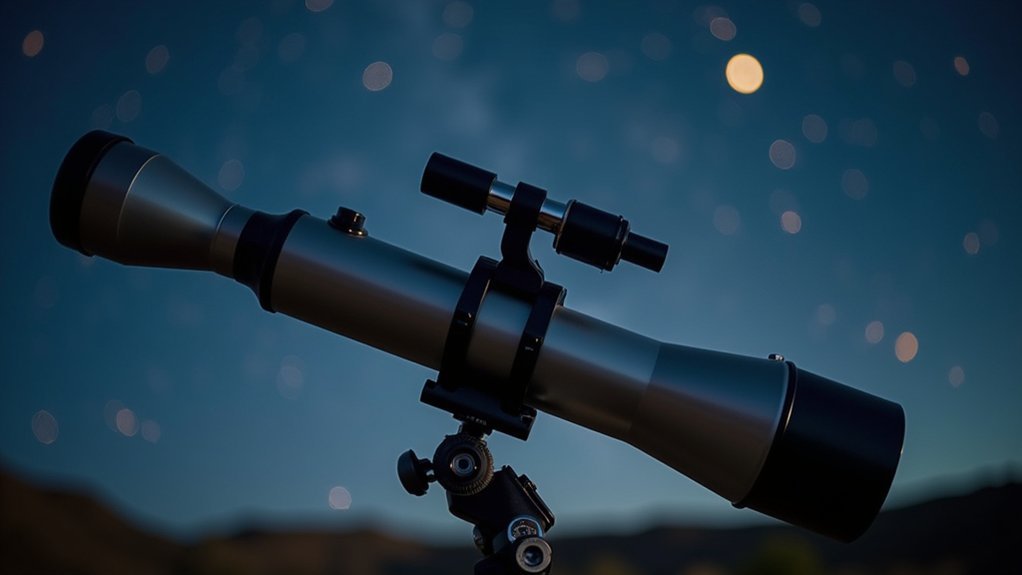
When selecting a camera for your budget telescope, USB interfaces typically offer the best balance of functionality and affordability.
These USB cameras provide plug-and-play convenience across Windows, Linux, and Android systems, eliminating complex setup procedures.
Standard webcams from manufacturers like Logitech and Microsoft can deliver surprisingly good lunar and planetary images when properly mounted.
If you’re willing to modify existing equipment, adapted webcams such as the Philips SPC900NC offer enhanced performance without breaking the bank.
Always verify that your camera has UVC support to avoid driver compatibility issues.
UVC compatibility ensures seamless driver integration—a critical factor when selecting astronomy cameras for hassle-free stargazing sessions.
While machine vision cameras deliver superior results, their $800+ price tags put them beyond most budget setups.
For beginners and cost-conscious astronomers, a UVC-compatible USB camera represents the most practical interface choice for your astronomical imaging journey.
USB Interfaces: Affordability Meets Functionality
Although high-end astronomy equipment dominates professional observatories, USB interfaces have revolutionized amateur astrophotography by combining affordability with impressive functionality.
With USB2.0 providing high-speed transmission, you’ll capture clear images with minimal data loss, even using inexpensive telescopes.
You’ll appreciate the plug and play simplicity that eliminates complex setup procedures—just connect your camera to your computer and start imaging.
Budget-friendly options from Logitech and Microsoft serve as excellent entry points without breaking the bank.
USB interfaces supporting UVC standards reduce driver compatibility issues across Windows, Linux, and Android systems.
This universal compatibility means you won’t need to worry about software conflicts when connecting to different devices, allowing you to focus on capturing the night sky rather than troubleshooting technical problems.
Smartphone Adapters: The Gateway to Telescope Photography
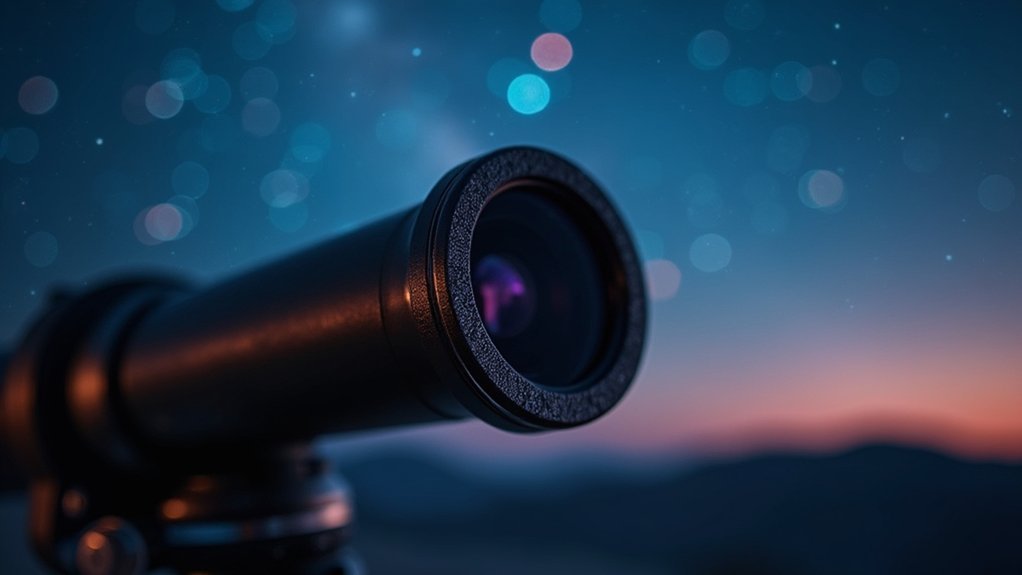
When selecting a smartphone adapter for your telescope, you’ll need to choose between universal mounts that fit multiple devices or specific models designed for your particular phone.
You’ll quickly discover that stability is the most critical factor, as even slight vibrations can blur your celestial images.
Budget-friendly options starting under $20 offer surprisingly good performance, making smartphone astrophotography an accessible entry point for astronomy enthusiasts.
Universal vs. Specific Mounts
Since the smartphone revolution transformed amateur astronomy, telescope owners have faced a crucial decision when selecting camera adapters: universal or telescope-specific mounts.
Universal smartphone adapters offer remarkable flexibility, allowing you to use them across different telescope models you might own or upgrade to in the future.
These universal mounts typically accommodate various phone sizes and camera positions, working well with popular devices like iPhones and Samsung Galaxy phones.
While specific mounts might provide a more precise fit for particular telescope eyepieces, the versatility of universal adapters often makes them the preferred choice for beginners.
You’ll find that either option can produce impressive lunar and planetary images, especially with newer phones featuring advanced night photography capabilities.
This accessibility has democratized astrophotography, making celestial photography achievable without specialized equipment.
Stability Is Everything
As you venture into smartphone astrophotography, you’ll quickly discover that stability reigns supreme in capturing clear celestial images. The adjustable mounting mechanisms on quality smartphone adapters minimize vibrations that would otherwise blur your shots and waste your viewing time.
When selecting an adapter, prioritize those with secure gripping features that firmly attach your device to the telescope eyepiece. This stability allows you to fully utilize your phone’s advanced camera capabilities, including night mode for capturing faint objects.
Don’t hesitate to consult online astrophotography communities for setup tips—experienced users often share valuable insights on achieving maximum stability with your specific equipment.
Remember that even inexpensive telescopes can produce impressive images when paired with a well-stabilized smartphone, making this an ideal entry point into astronomical photography without significant investment.
Budget-Friendly Options Available
Entering the world of astrophotography doesn’t require expensive equipment, thanks to affordable smartphone adapters like the Celestron NeXYZ. These adapters transform your everyday phone into a powerful telescope camera, compatible with devices from iPhone XR to 13 Pro.
You’ll find smartphone adapters particularly effective for lunar photography, where even night mode capabilities can be leveraged for impressive results.
| Adapter Benefits | Best For | Price Range |
|---|---|---|
| Universal Fit | Beginners | $20-$50 |
| Quick Setup | Moon | $50-$80 |
| Portability | Planets | $80-$120 |
| Community Support | DSOs | $120+ |
When you’re just starting, smartphone adapters offer the perfect balance of accessibility and quality. Join online communities to learn optimization techniques and watch your astrophotography skills develop without breaking the bank.
Budget-Friendly Eyepiece Cameras: Plug-and-Play Options

Budget eyepiece cameras with USB2.0 interfaces offer you high-speed image transmission without loss, making them ideal for beginners looking to capture the night sky.
You’ll find T-rings essential for connecting DSLRs to your telescope, providing a secure attachment that maintains optical alignment during longer exposures.
Various smartphone adapters, compatible with Celestron NexStar and Orion SkyQuest telescopes, give you a cost-effective entry point to astrophotography while supporting multiple operating systems.
USB Options Explained
While dedicated astronomy cameras can cost hundreds of dollars, USB eyepiece cameras offer an affordable entry point into astrophotography without sacrificing functionality.
Brands like Logitech and Microsoft provide budget-friendly models with plug-and-play capability, eliminating complex setup procedures.
You’ll appreciate that these USB eyepiece cameras support UVC standards, ensuring they work across Windows, Linux, and Android systems without additional drivers.
The USB2.0 interface delivers high-speed image transmission with minimal latency—crucial for real-time observation.
Though entry-level cameras typically feature resolutions between 640×480 and 1280×720 pixels, you can still capture impressive lunar and planetary images.
Combine your USB camera with lucky imaging techniques—taking multiple frames and stacking the best ones—to greatly enhance final image quality despite the modest price point.
T-Rings For DSLRs
T-rings represent the essential bridge between your DSLR camera and telescope, offering a straightforward path to astrophotography without investing in specialized equipment.
These affordable adapters match your camera’s specific lens mount, ensuring proper alignment and secure attachment to your telescope.
While budget eyepiece cameras with 1.25-inch interfaces offer plug-and-play convenience, using your DSLR with T-rings provides significant advantages.
Your camera’s larger sensor delivers superior image quality and light sensitivity when capturing celestial objects.
Best of all, T-rings won’t break the bank. Typically priced between $10-$30, they’re an economical investment compared to dedicated astro cameras.
For amateur astronomers with cheap telescopes, T-rings represent the most cost-effective way to enhance your imaging capabilities and explore the night sky.
Smartphone Adapters Reviewed
Three popular smartphone adapters have revolutionized budget astrophotography in recent years. The Celestron NeXYZ and similar models offer universal compatibility with various phone sizes while accommodating standard 1.25-inch eyepieces found in most affordable telescopes.
You’ll appreciate how these smartphone adapters transform your existing device into a capable astrophotography tool without significant investment. Modern phone cameras, especially with night mode capabilities, can capture impressive lunar details when properly mounted.
For best results with smartphone adapters:
- Adjust your phone’s manual camera settings (lower ISO, longer exposure) for clearer celestial shots
- Use a self-timer or remote shutter to minimize vibration when capturing images
- Join online astrophotography communities for setting-specific tips tailored to your phone model
Webcam Modifications for Telescope Use
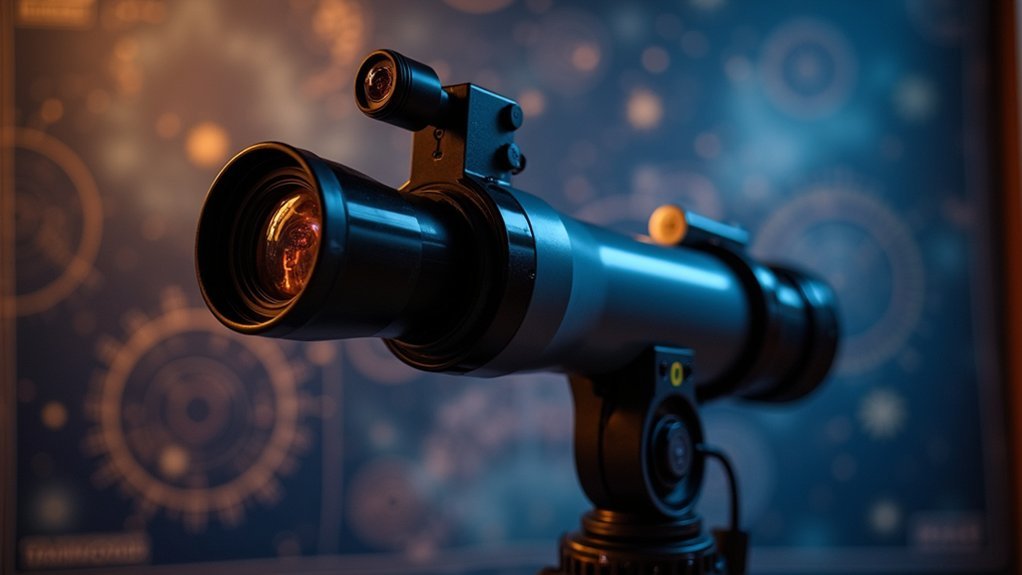
Since traditional astronomy cameras can cost hundreds or even thousands of dollars, modified webcams have emerged as an affordable alternative for amateur astronomers.
Popular models like the Philips SPC900NC (640×480) and Microsoft Cinema HD (1280×720) offer decent resolution at a fraction of the cost.
The most essential webcam modification is removing the built-in lens and adapting it to mount directly at your telescope’s focal plane. This maximizes light capture and focus accuracy.
You’ll also want to add a UV/IR filter to improve image clarity and reduce atmospheric distortion.
While the afocal method (pointing your webcam at an eyepiece) works for quick setups, it limits your field of view.
For the best compatibility, choose webcams that support UVC to avoid driver issues across different operating systems.
T-Ring Adapters: Connecting DSLRs to Budget Telescopes
While webcam modifications offer an accessible entry point to astrophotography, many astronomers eventually upgrade to DSLR cameras for their superior image quality and flexibility.
T-ring adapters provide the essential link between your camera and telescope, creating a secure attachment for capturing celestial objects.
These adapters typically cost between $20-$50, making them an affordable investment for your astrophotography journey.
When using t-ring adapters with budget telescopes, remember these important points:
- Confirm proper alignment of your camera’s focal plane with the telescope’s focal point
- Standard 42mm t-ring adapters fit most DSLR camera bodies
- Budget telescopes often require additional extension tubes alongside the t-ring adapter to achieve proper focus
Don’t forget to check compatibility with your specific telescope model before purchasing.
Video Capture Cards: Bridging Analog and Digital

Digital transformation has revolutionized astrophotography, but many budget telescopes still use analog video outputs that can’t connect directly to modern computers.
This is where video capture cards become invaluable tools in your astronomy toolkit. These adapters let you connect analog telescope cameras to your computer via USB, offering plug-and-play functionality that transforms your viewing experience.
Most video capture cards support resolutions up to 1080p, ensuring you’ll capture celestial objects with remarkable clarity. The built-in processing capabilities in some models reduce lag, providing smoother real-time viewing during your stargazing sessions.
Wireless Camera Systems: Remote Viewing Solutions
As astronomy technology evolves, wireless camera systems have emerged as game-changers for budget telescope enthusiasts.
These WiFi-enabled solutions let you control your telescope and view images directly on your PC, tablet, or smartphone without tangled cables restricting your movement.
High-resolution options like the 200W electronic eyepiece deliver impressive clarity for capturing celestial objects, while maintaining a plug-and-play simplicity perfect for beginners.
- Watch a lunar crater’s details appear on your phone screen while staying warm inside your home
- Share a live view of Saturn’s rings with friends gathered around a tablet
- Adjust your telescope’s focus remotely while monitoring image quality in real-time
These wireless camera systems work across Windows, Linux, and Android platforms, making them versatile additions to even the most affordable telescope setups.
Frequently Asked Questions
Can You Connect a Camera to Any Telescope?
Yes, you can connect a camera to most telescopes using standard eyepiece adapters. You’ll need to guarantee proper alignment with the focal plane and choose a camera compatible with your telescope’s specifications.
Can You Use a Mirrorless Camera With a Telescope?
Yes, you can use a mirrorless camera with a telescope. You’ll need a specific T-ring adapter for your camera model and an appropriate telescope adapter to connect them properly for astrophotography purposes.
Can a Phone Camera See Through a Telescope?
Yes, your phone camera can see through a telescope. You’ll need a smartphone mount that aligns your camera lens with the telescope’s eyepiece, allowing you to capture the moon, planets, and other celestial objects.
How to Choose a Camera for a Telescope?
When choosing a telescope camera, consider your budget, check compatibility with your equipment, decide between dedicated astronomy or modified webcams, and match pixel size to your targets (smaller for planets, larger for deep-sky objects).
In Summary
You’ll find several viable camera options for your budget telescope. Whether you’re using a simple smartphone adapter, modified webcam, or a dedicated eyepiece camera with USB connectivity, the best choice depends on your specific needs. Don’t let budget constraints stop you—even affordable interface options can capture stunning celestial images when matched with your telescope and paired with good technique.
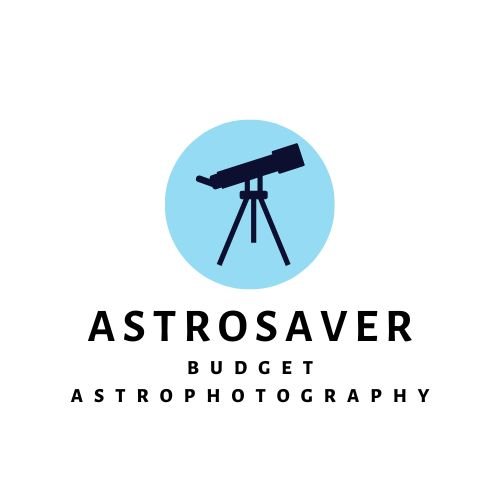
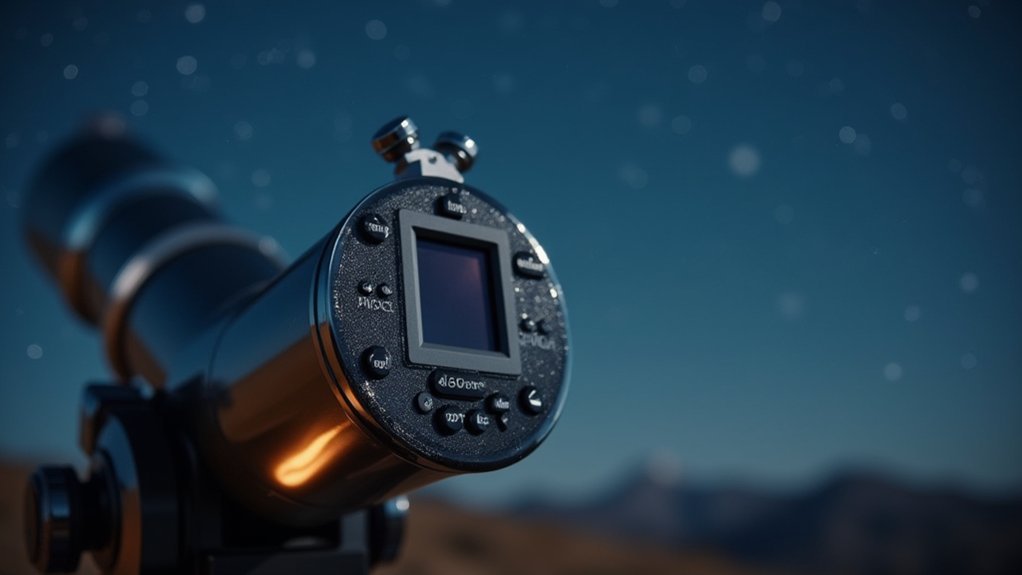
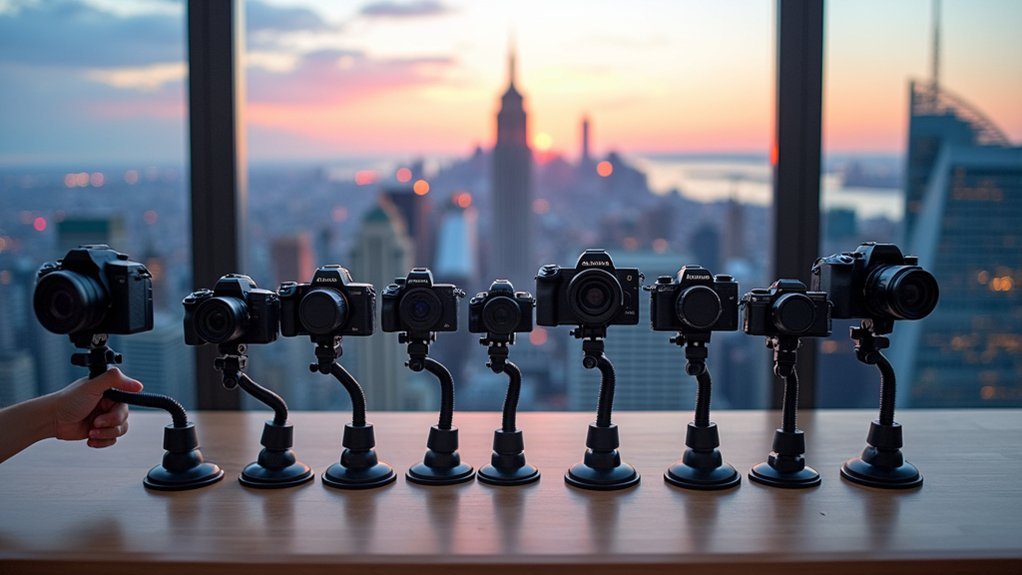
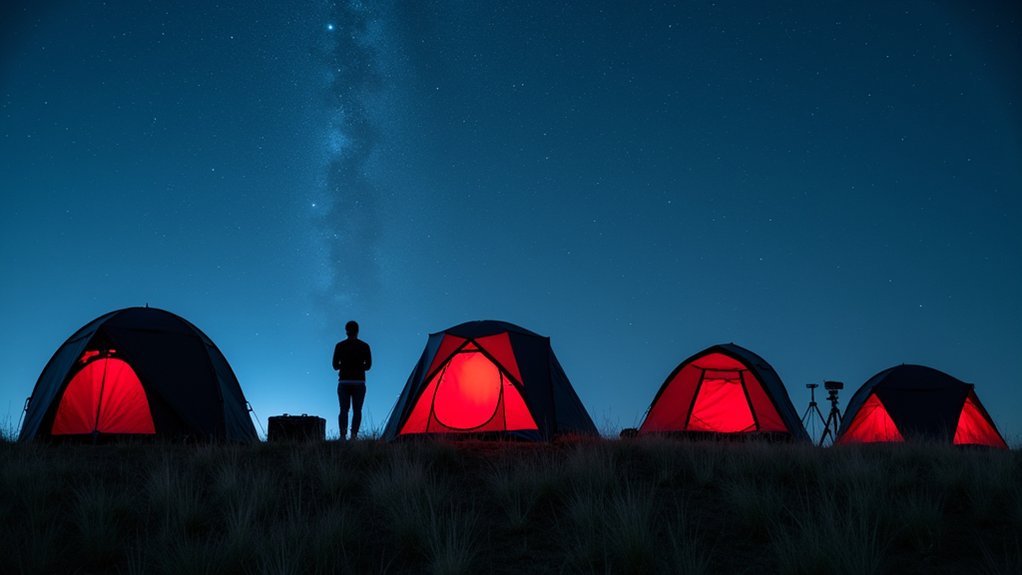
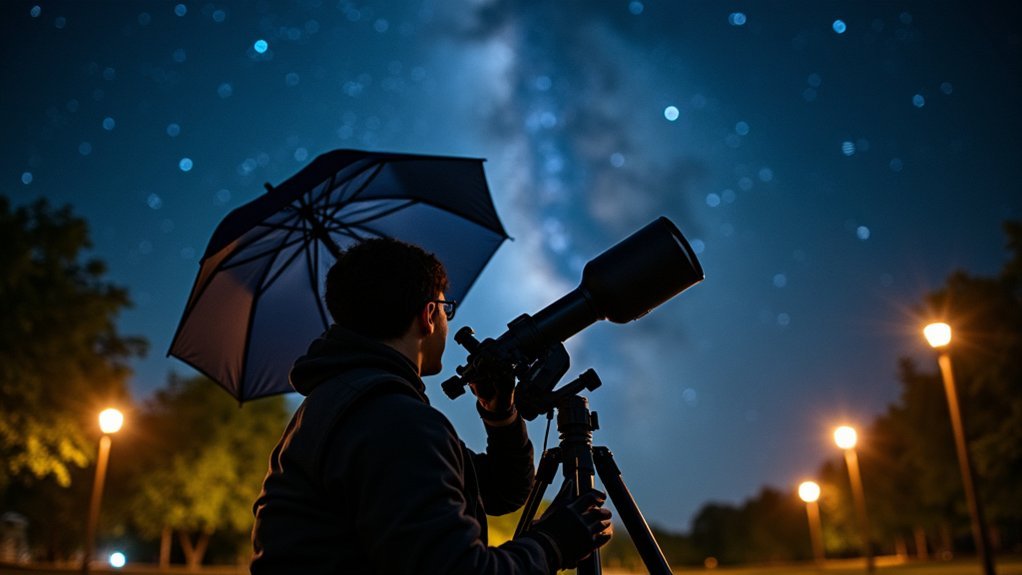
Leave a Reply